“A mistake in the construction or in the project?” – Expert comments on factors that led to a tragedy in Sardoba
A scientific researcher in the energy field Sarvar Kurbanov in an interview with Kun.uz told about the factors that led to the tragedy in Sardoba, systemic problems and conclusions.
Could the dam construction in Sardoba in a rather short time for this type of reservoir serve as a reason for the breakthrough?
First of all, let’s answer the question: did we even need this reservoir? No matter how much we scolded the old days, then very strict control was conducted in the land reclamation system. Therefore, there were no problems with the outflow of water to another state, safety, or water shortages. When the Soviet Union states became independent, they began work on the construction of dams.
For example, “Kambar Ota-1” and “Kambar Ota-2” reservoirs are also being built in Kyrgyzstan. Thus, situations may arise with the blocking of the Naryn and Karadarya rivers, when they will be closed if there is a necessity for water, and opened if there is no need.
Therefore, after the construction of the Rogun hydroelectric station, Uzbekistan built two reservoirs, and I believe that this is a very correct decision.
The first was built to accumulate water from the Syrdarya river, and the second – to collect water from Tajikistan in the Syrdarya region, and also, if necessary, to accumulate water from neighboring states.
I am aware of how soil and technological work was carried out on the reservoir in the valley: scientists and specialists participated in the construction.
However, I was not familiar enough with the work on the Sardoba reservoir. When I talked with experts, they said that the expense of large funds for the construction of the reservoir can be commented on by the fact that a large amount of soil had to be replaced to retrain the site. Since the Sardoba reservoir is a simple type of reservoir, built almost exclusively from the soil.
During the project, soil density is studied, laboratory studies of the type of soil are carried out, to what extent it will erode under the influence of water, how water will pass, and whether its structure will be disturbed. Based on the results, the soil is phased in. At each stage, soil layers are analyzed in detail, and special sensors are installed.
Could mistakes in the project be the cause of the tragedy?
In my opinion, the project is properly organized, however, it is possible that mistakes were made during the construction.
On social networks, people say that we are lagging behind the building norms of the Soviet times. After all, the Charvak and other reservoirs built at that time are still functioning. Namely, from the point of view of firmness, reservoirs, which were built 70-80 years ago on the territory of other states, are still operating.
When can man-made accidents occur? In case of gross violation of construction standards and improper operation of facilities. It seems to me that we need to check the specialty of everyone who works at the reservoir. Since the Sardoba reservoir was built in a natural way, for such destruction, the soil must be moistened and eroded. In this situation, the installed sensors had to signal and warn about the accident 1-2 days in advance.
In addition, during the dam breakthrough, no hurricane or heavy rain was observed. We live in the century of technology, and everything can be established through research. Physicist Rustam Ashurov in his test studies determined that the cause of the tragedy in the reservoir does not depend on the elements.
Let’s say if a reservoir has a volume of 100 liters, then it is tested under a large volume of water. This check determines where the weak spot is.
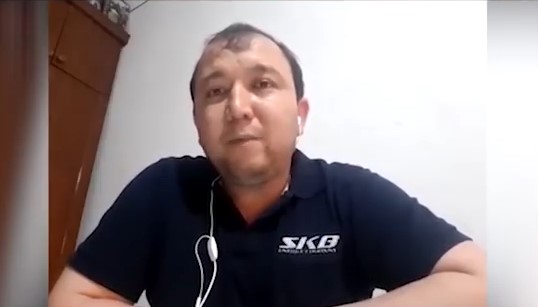
If the reservoir was built of cement or other building material, and the pressure broke through the dam in a certain place, then this is another matter. But as mentioned above, if the soil was suddenly wetted in a reservoir built from the soil, then the technical staff could immediately change the soil. It was possible not to bring the situation to such an extent, to prevent the leakage of water.
No concrete remains are visible at the dam break site. Does this mean a theft of materials allocated for construction? Can this be detected if an examination of the remainder of the dam is carried out?
The reservoir does not have to be cemented. Because there are different types of soil used. During its preparation and compaction, some kind of mistake could have been made. At the moment, we can check for the presence or absence of such an error, since the soil was preserved at the breakout point on the reservoir from the sides, and it can be analyzed without any problems.
I believe 90% that a mistake was made during the construction, as errors are rare in the project. Usually, projects are done “with a margin”, an estimate is drawn up, and a coefficient is calculated for each territory.
For example, in a project it is impossible to increase or reduce kilometers of soil. Everything has its sides. So, the only way to make money bypassing the project is through improper construction.
Control was hampered by the fact that no tender was held, and there were a lot of subcontractors. It is also surprising that after the dam construction, a tender was held for the construction of a hydroelectric power station. Didn’t they think about it before the construction of the reservoir?
In addition, information was circulated that a fish farm was located near the reservoir. I studied if this had an effect on the reservoir. Fisheries can only be adversely affected if their level is higher than the level of the reservoir. In other cases, this should not be affected.
So, if we discard this option, and the option with the elements, then there remains only an assumption of a mistake in the construction, and improper maintenance in the structure, shortcomings in the construction supervision. The problems arose because of this.
Earlier you talked about sensors warning about an accident. It seems to me that if quail hunters were not the first to see a water leak on the reservoir, then no one would have been warned. But the situation could have been learned earlier. What do you know about this?
No, I don’t know about this, but in the ground reservoirs like Sardoba, sensors should have been installed that will notify about the degree of soil moisture in any part at least 10 days in advance.
If humidity reaches one sensor, then the next sensor should signal the degree of humidity. Thus, in areas with high humidity, it will be possible to freeze water or replace the soil in another way.
You said that the construction of the Sardoba reservoir was simple. According to the media, was it possible to build such a hydraulic structure for $404 million?
This can happen if the soil in the reservoir is unsuitable for construction, and it was necessary to completely replace it with rare types of soil found in other regions, probably. However, taking this into account, there is experience of cheaper and more durable construction of dams in other states.
Recommended
List of streets and intersections being repaired in Tashkent published
SOCIETY | 19:12 / 16.05.2024
Uzbekistan's flag flies high on Oceania's tallest volcano
SOCIETY | 17:54 / 15.05.2024
New tariffs to be introduced in Tashkent public transport
SOCIETY | 14:55 / 05.05.2023
Onix and Tracker cars withdrawn from sale
BUSINESS | 10:20 / 05.05.2023
Latest news
-
Uzbekistan tops medal table at Asian Cadet Judo Cup in Kazakhstan
SPORT | 18:42
-
Uncertainty grows as new homes remain without gas supply
SOCIETY | 17:46
-
Uzbekistan plans to launch national ferry service in Caspian Sea
SOCIETY | 16:03
-
Dozens of violations, zero accountability: Fergana police cancel fines for chief’s wife’s car
SOCIETY | 16:02
Related News
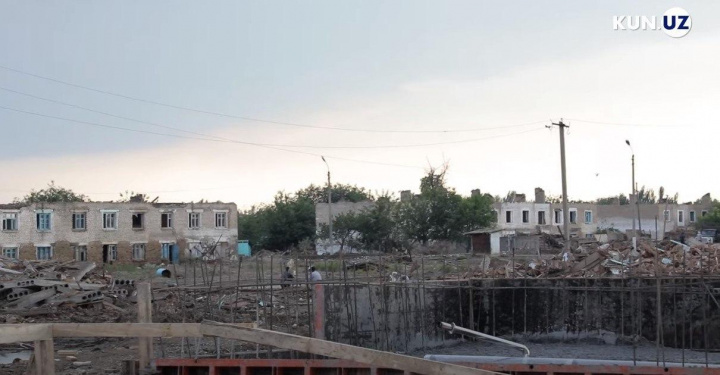
22:39 / 07.07.2020
Ministry official: Victims of the Sardoba disaster will be in their homes by September
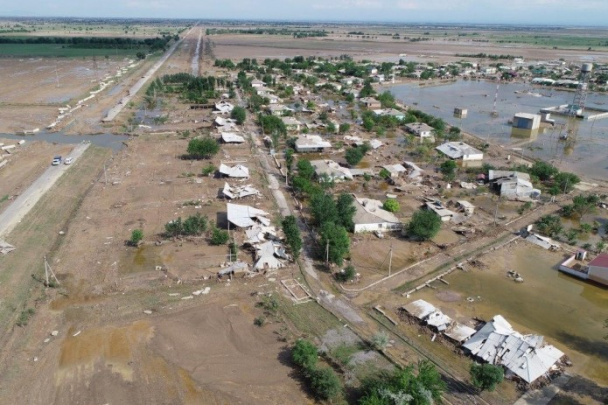
12:01 / 03.06.2020
About 76 percent of those evacuated in Syrdarya returned to their homes
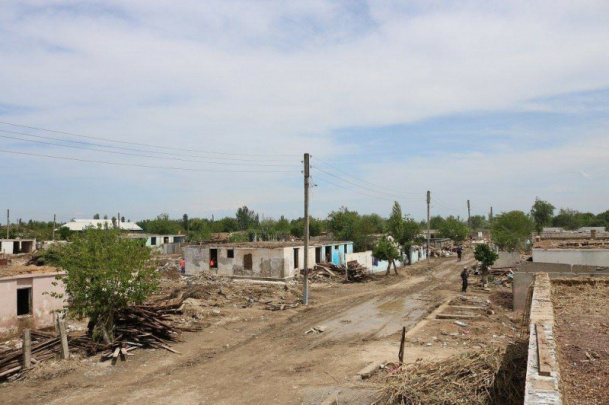
11:00 / 03.06.2020
“2,390 houses were completely destroyed in the Sardoba tragedy” – Ministry of Construction
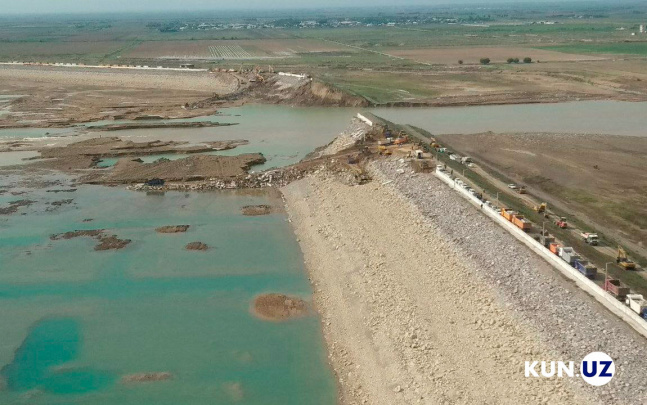
16:28 / 23.05.2020



